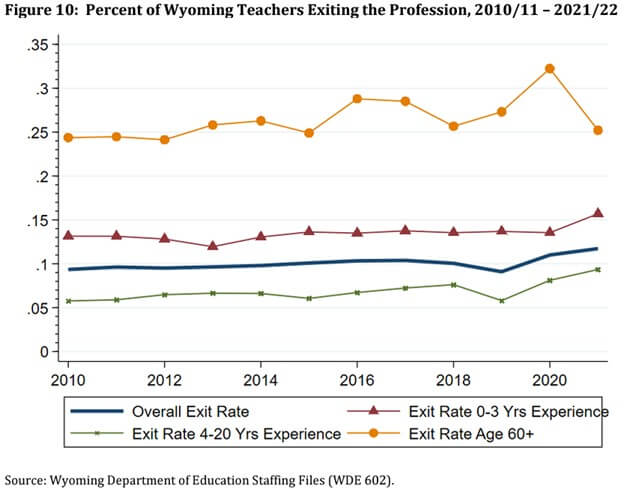When does a conversation about external cost adjustment (who even knows what that is?) get exciting? When it impacts our teachers and kids!
Let’s dive in to learn a bit more about the Joint Education Committee’s recent meeting in which external cost adjustments (ECA) regarding the Educational Block Grant and teacher pay were explored.
How it All Works:
Let me first acknowledge that I could easily say, the committee recommended “X” amount in an external cost adjustment, and be done with this blog (scroll to bottom if that’s what you’re hoping for). But I thought it might be nice to provide a bit more insight.
The first thing to know is that the Joint Education Committee approaches the educational block grant funding (depending on the year) as either a big ol’ recalibration, or as a smaller adjustment. Here’s the difference in a nutshell:
Recalibration:
This process occurs up to every five years and requires the committee to re-price a wider range of categories using the block grant funding. It’s a heavy lift because it’s looking at a broader array of categories or line items.
External cost adjustment (ECA):
This process is mandated for non-recalibration years and occurred last week. It looks at inflation and cost models to determine if yearly changes are needed in the Educational Block Grant Funding. The categories evaluated are professional staff (66% of funding), non-professional staff (13% of funding), supplies and materials, and utilities (a combined 21% of funding).
Are you interested in any of these topics? Sign up to be a Power Advocate to get all the Interim and WYWF Advocacy event updates.
The second thing to know is that the Joint Education Committee compares two models to guide their decision-making. The models can be described most simply as:
Evidence-Based Model: This model assumes the consultants’ recommendations from prior recalibrations.
Statutory Model: This model is based on the funding levels passed into law for each school year and includes the ECA.
The Testimony:
The education committee listened to experts who reviewed inflation and past funding.
They also heard testimony from principals, superintendents, and the Wyoming School Board’s Association who stressed the need for increased pay to keep and hire high-quality teachers. Some noted that they were struggling to keep and hire positions ranging from teachers to bus drivers.
Dr. Christiana Stoddard, the legislative consultant reported on metrics that reflect changes in teacher pay and in pressures teachers are facing. Dr. Stoddard noted that while Wyoming has been one of the higher paying states in the region, other states are now beginning to catch up or surpass Wyoming’s pay. In addition, she noted that the exit rates for teachers before retirement age have risen to above any previously recorded levels.

The Outcome:
While not keeping up with the actual cost of inflation (6+%), the Joint Education Committee did opt to approve the statutory model which includes a 3.871% inflation adjustment increase for professional staff and a 4.106% increase for non-professional staff, increasing the budget for staff by $30.3 million for 2024 – 2025.
We hope the Joint Appropriations and full legislature will be equally ready to back our teachers, most of whom are women!

View the interim committee meeting here, and stay tuned to learn the outcome during session.
Contact us with any questions: micah@wycf.org

